There’s always that awkward moment where nothing makes your product budget — even the best product photos.
With these strategic tactics rooted in consumer psychology, businesses can nudge buyers toward higher conversions without altering their product offerings or marketing budgets.
Let’s dive into how charm pricing, anchoring, and other proven strategies can be effectively implemented to drive more sales while preserving customer trust.
In this article:
- Key Psychological Pricing Strategies
- Charm Pricing
- Anchoring
- The Decoy Effect
- Price Framing
- The Power of Free
- Actionable Steps for Implementation
- Ethical Considerations in Pricing

Source: planio
Understanding the Psychology of Pricing
Price perception is not always logical. Behavioral economics reveals that consumers rely on mental shortcuts, known as cognitive biases, to make decisions.
It’s the same concept that allows content to go viral. These biases often lead customers to base their purchasing decisions on how a price is presented rather than on the actual cost or value of the product.
Businesses that understand these biases can create pricing strategies that align with how the human brain perceives value.
In short, consumers don’t always choose what’s cheapest — they choose what feels like a deal, which opens the door for psychological pricing tactics to boost conversions.
Key Psychological Pricing Strategies
Contrary to popular belief, psychological pricing isn’t a one-size-fits-all approach.
First and foremost, it depends on the target audience, the product, and the strategy you decide to use. Speaking of which, let’s look at some of the most popular ones.
1. Charm Pricing
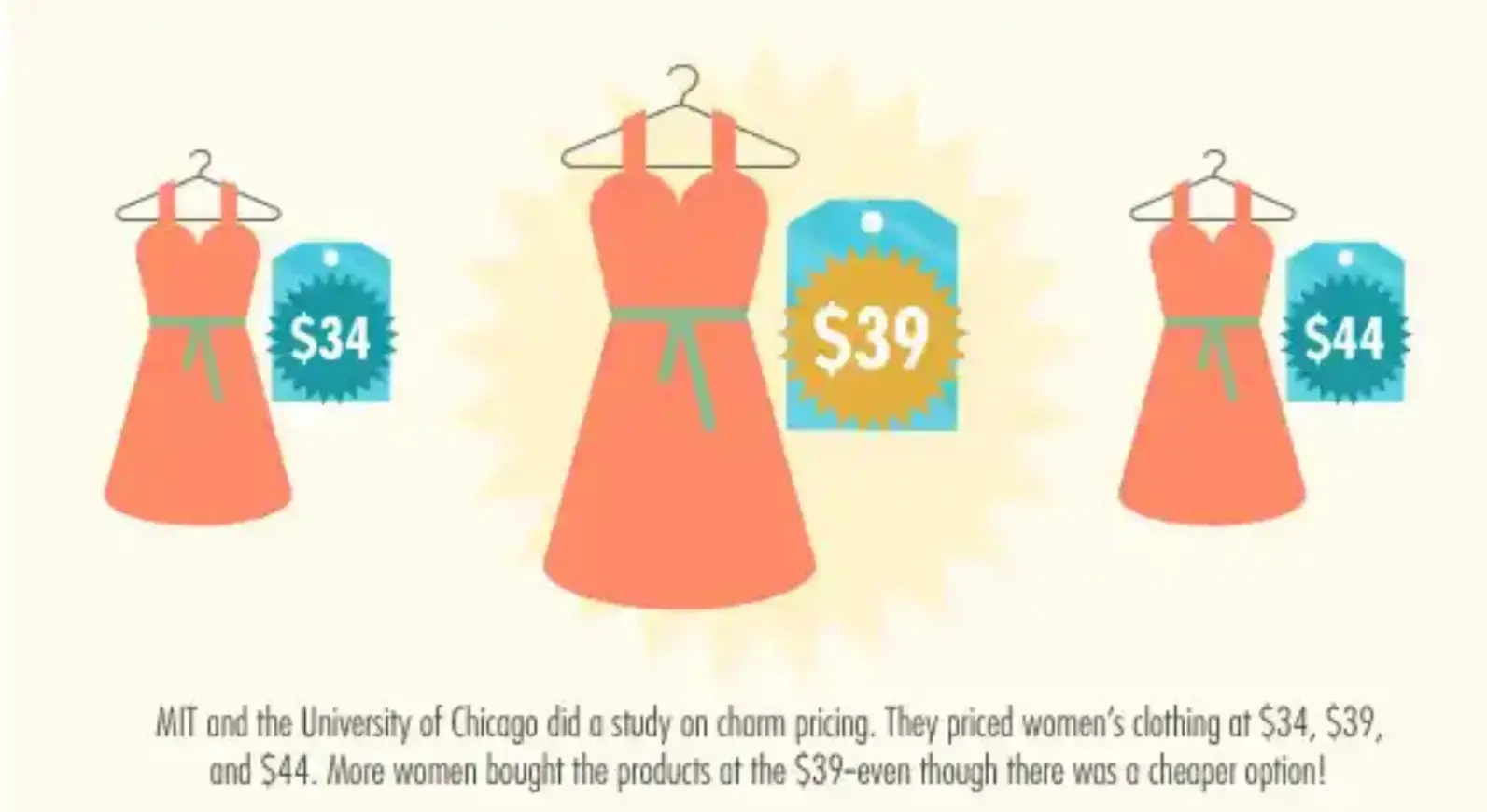
Source: HubSpot
Charm pricing, or pricing that ends in "9" (e.g., $9.99), is one of the most widely recognized tactics. It works because consumers tend to round prices down in their heads.
Charm pricing has increased sales in many sectors, particularly in e-commerce. Businesses can subtly convince buyers they're getting a better deal by making prices feel like they’re just under a significant round number.
Implementation Tip: Test different charm pricing variations. For instance, $9.95 vs. $9.99 might reveal a slight uptick in conversions, depending on your audience.
2. Anchoring
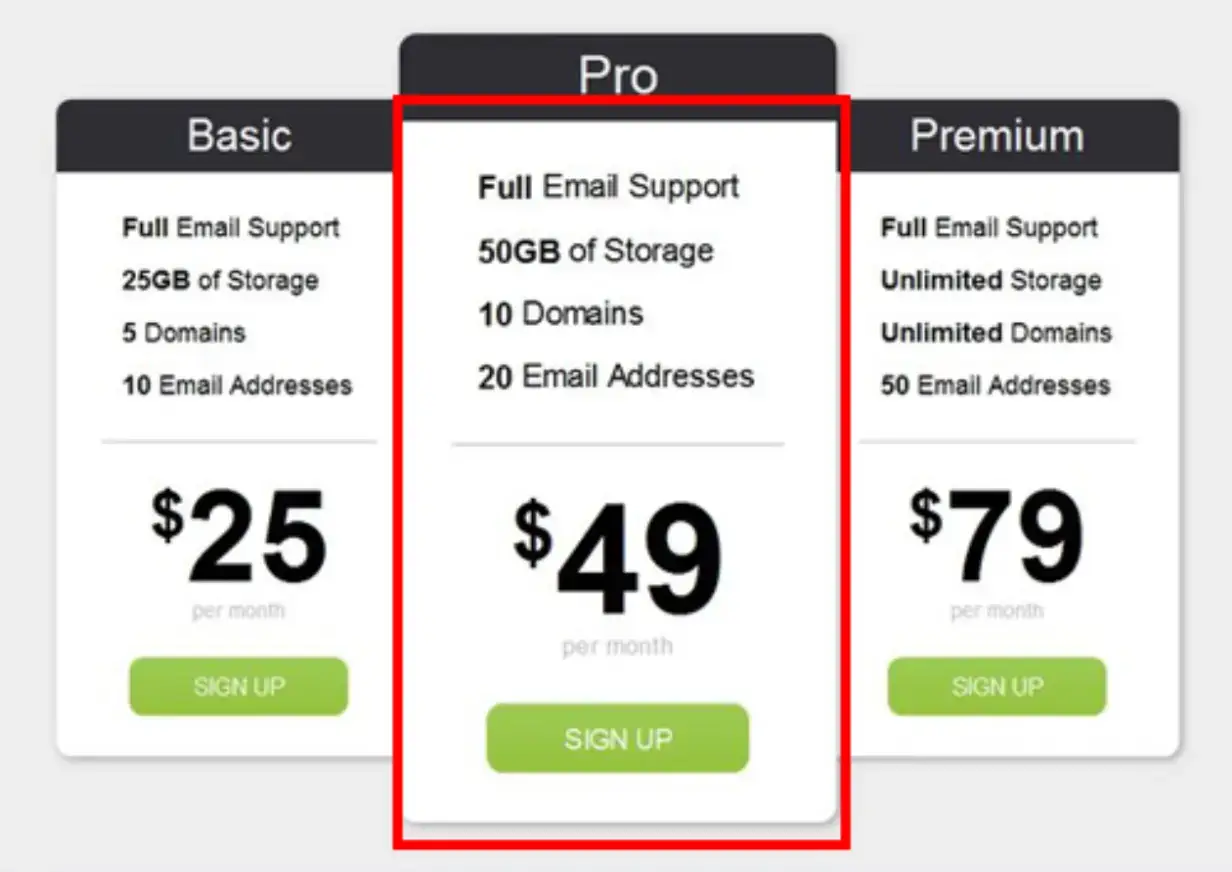
Source: Bonza Marketing
Anchoring leverages people's use of initial information (the "anchor") as a reference point when making decisions.
For pricing, the anchor is often a higher-priced option. This makes other options seem like better deals by comparison, even if they are still expensive.
A common example is using "Was" and "Now" pricing. By showing an original price next to a discounted price, the higher "Was" price becomes the anchor, making the discounted price appear like a significant bargain.
Anchoring also works in product tiers. When customers see three pricing options, they often choose the middle one because it feels like a balanced compromise between the cheapest and most expensive options.
Implementation Tip: For service or SaaS businesses, introduce a high-end pricing tier that few will choose, but use it to make the middle option feel like a better value.
A B2B SaaS subscription management software can offer various pricing options to its clients.
3. The Decoy Effect
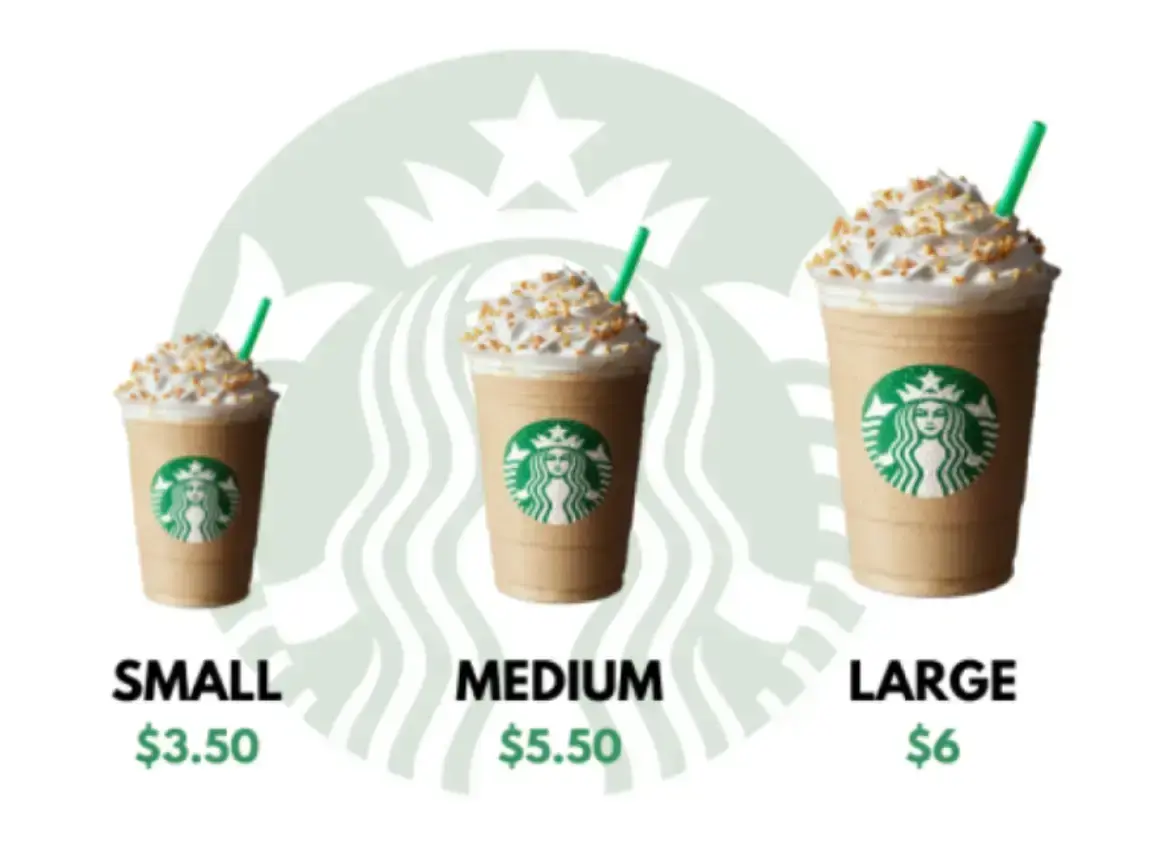
Source: ewanitymarketing
The decoy effect involves introducing a third, less attractive option to make another option appear more appealing. It’s popular in B2B environments and cases of more sizeable purchases.
Imagine you offer two pricing options: a $10 product and a $20 product with more features. If you introduce a decoy—a $19 option that offers far less than the $20 version—the $20 option suddenly becomes the most attractive choice, driving more customers toward it. It’s a scientifically proven method on a macro scale, too.
Implementation Tip: Design decoy pricing carefully. The decoy should be close in price to the intended choice but offer significantly less value, subtly nudging the customer toward the higher-tier option.
4. Price Framing
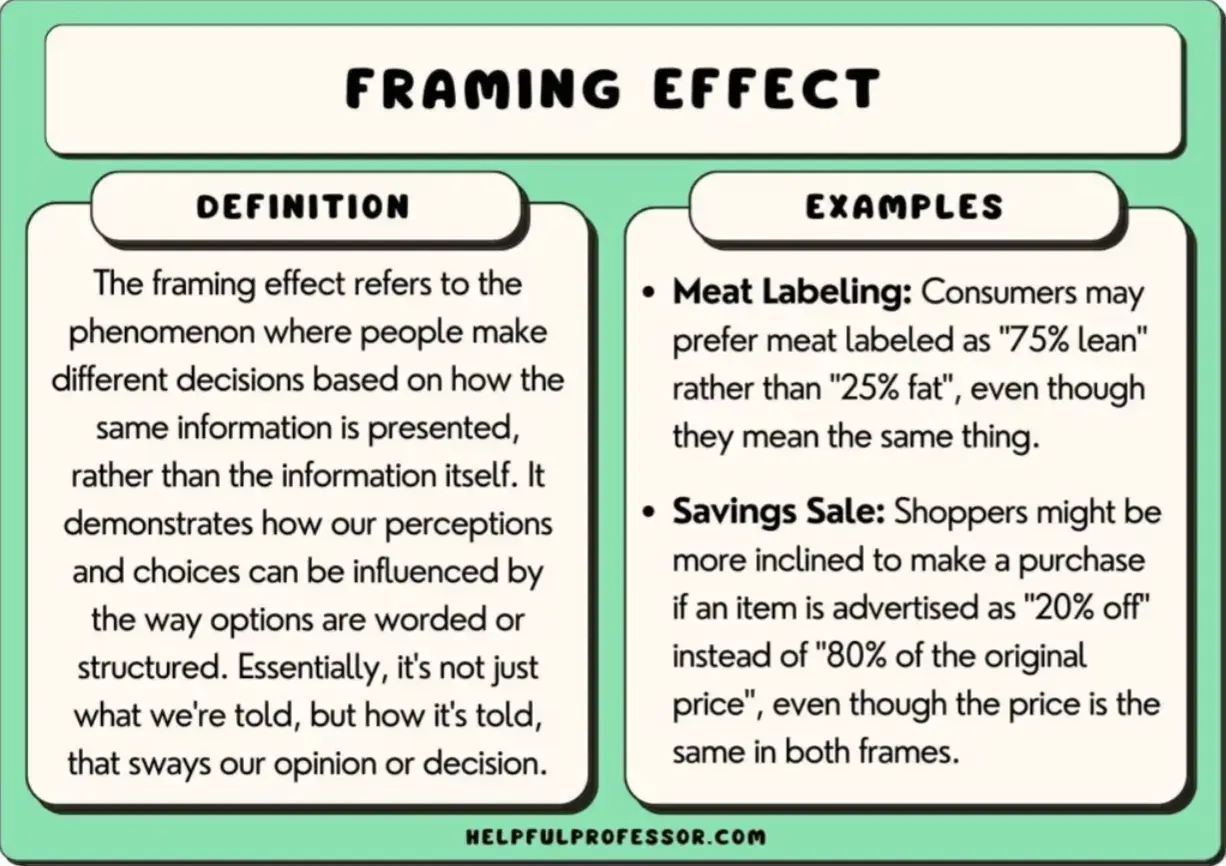
Source: HelpfulProfessor
Price framing is all about how the cost is presented. Studies show that emphasizing savings ("Save 20% today!") is more effective than focusing solely on the price ("$80"). The way you frame discounts or savings can impact how customers perceive your offer.
Language also matters—words like "only" or "just" can soften the perception of price and create a sense of urgency or scarcity. For example, “Only $29 for a limited time!” can push customers to make quicker purchasing decisions.
Framing can also include breaking down prices into smaller units. Instead of $120 for a yearly subscription, offer it as "$10 per month." While the total cost is the same, the monthly payment feels more manageable for many consumers.
Implementation Tip: Use price framing in product pages and email marketing, highlighting how much a customer saves or what the equivalent is per month to increase the appeal of a higher upfront cost.
5. The Power of Free
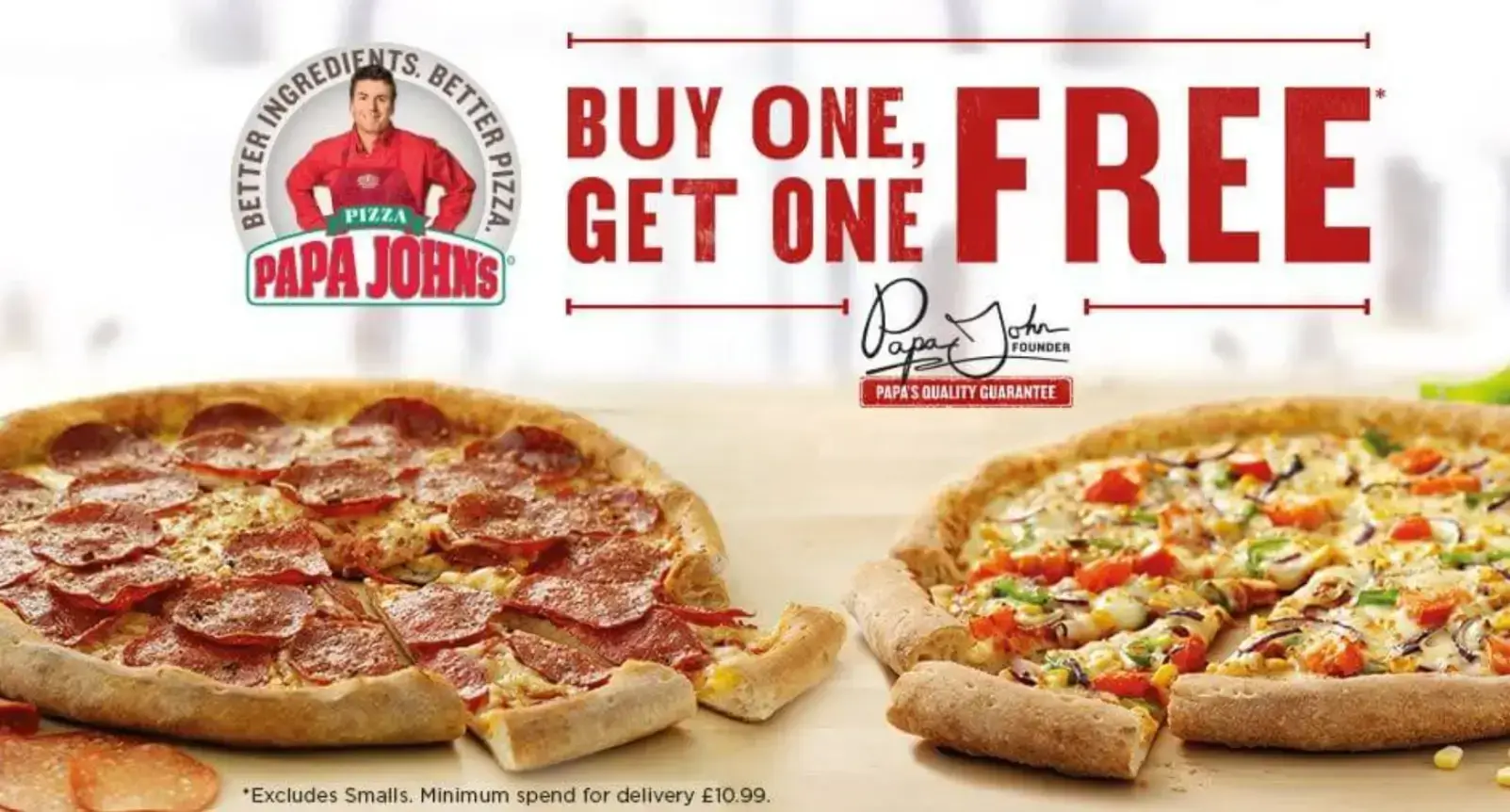
Source: P2S
Humans have a strong emotional reaction to the word "free." Offering something for free, whether a free trial, free shipping, or a free bonus item, can significantly impact buying behavior.
Free trials are especially useful for SaaS businesses, allowing them to provide B2B customers with more freedom. Customers who try a product without risk are more likely to convert into paying customers after experiencing its value firsthand.
Implementation Tip: If you offer a subscription-based service, experiment with a free trial or free shipping on your products. Pair these offers with a sense of urgency (“Free shipping for today only!”) to further boost conversions.
Actionable Steps for Implementation
Now that you’ve chosen a strategy to build your pricing around, the best way to test the psychological impact is to implement the strategy gradually. In general, the implementation process must involve:
A/B Testing
Before making large-scale changes to pricing strategies, conduct A/B tests.
For example, test charm vs. rounded pricing or introduce a decoy product to see how it impacts conversions. This will give you a clear picture of which psychological pricing strategies resonate with your specific audience.
Track Price Sensitivity
Monitor how sensitive your customers are to pricing changes. Some markets may respond more strongly to charm pricing, while others may be more influenced by anchoring or decoy tactics.
Use tools like Google Analytics or Hotjar to measure customer response to different pricing presentations.
Combine Strategies
Don’t rely on just one strategy. Combining charm pricing with anchoring or using the decoy effect alongside price framing can amplify the impact.
However, be careful not to overdo it—too many pricing tactics at once can overwhelm the customer and lead to confusion or distrust.
Consider the Full Pricing Journey
Ensure your pricing strategy aligns with every step of the customer journey, from the product page to the checkout. Inconsistent or unclear pricing can cause drop-offs, so aim for a seamless experience.
Transparency in pricing and framing will build trust and reduce friction during checkout.
Ethical Considerations in Pricing
Psychological pricing strategies can boost sales, but they must be used ethically.
Manipulative tactics, such as artificially low pricing or bombarding customers with misleading offers, can erode long-term trust.
Businesses should deliver genuine value and maintain transparency in their pricing models.
Consumers today are more aware of such tricks, and misuse can lead to negative brand perception or loss of customer loyalty.
What does this mean? The best way to describe ethical pricing is balancing the desire to increase conversions with the need to maintain fairness and customer trust.
FAQ
1. What is psychological pricing, and how does it work?
Psychological pricing leverages cognitive biases in consumer behavior, presenting prices in ways that make products feel like better deals, such as charm pricing or anchoring.
2. How can charm pricing increase conversions?
Charm pricing, like ending prices in ".99," makes prices appear lower to consumers due to the left-digit effect, where the brain perceives $9.99 as significantly cheaper than $10.
3. What is the decoy effect, and how does it influence buyer decisions?
The decoy effect introduces a less attractive option to make another option seem more valuable by comparison, nudging customers toward a higher-priced or more profitable choice.
4. Are these pricing strategies ethical to use?
When used transparently and responsibly, psychological pricing can boost sales without misleading customers. Ethical pricing focuses on delivering genuine value and building trust.
Conclusion
Psychological pricing taps into how customers perceive value, and when applied correctly, it can significantly boost conversion rates.
From charm pricing and anchoring to the decoy effect, businesses have numerous tools at their disposal.
However, these tactics should be combined with careful testing and an ethical approach to maintain long-term success and customer trust.

Author Bio
Magnus Eriksen is a copywriter and eCommerce SEO specialist with a degree in marketing and brand management. Before beginning his copywriting career, he was a content writer for digital marketing agencies such as Synlighet AS and Omega Media, where he mastered on-page and technical SEO.

